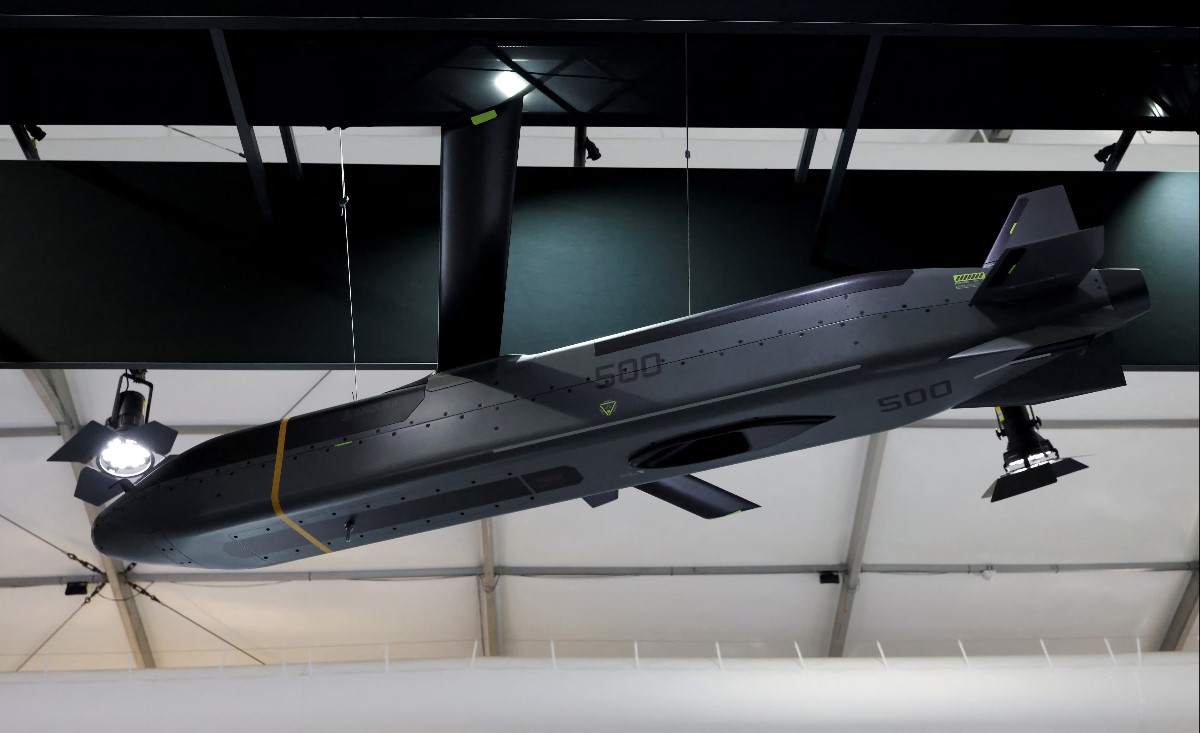North Korea Test-Fires New Solid-Fuel ICBM, Unveils “Perfected” Hwasong-19 Amid Global Tensions

In a new display of military prowess, North Korea announced it has "perfected" its latest solid-fuel intercontinental ballistic missile (ICBM), the Hwasong-19. This sophisticated weapon, showcased in a dramatic test overseen by leader Kim Jong Un, is described by North Korean state media as "the world’s strongest strategic missile." The launch comes at a critical moment, with heightened global scrutiny of North Korea over its suspected military support for Russia, including claims of deploying troops and munitions to aid Moscow.
Solid-Fuel ICBM Capabilities and Kim's Strategic Vision
The Hwasong-19 is North Korea’s most advanced solid-fuel ICBM to date, marking a significant leap in the country’s missile development. Unlike liquid-fuel missiles, which require time-consuming fueling before launch, solid-fuel missiles like the Hwasong-19 can be deployed more quickly, enhancing their strategic value. They are easier to move, quicker to launch, and harder for adversaries to detect and intercept. North Korean media lauded the missile as a “perfected weapon system” that reinforces the country's nuclear deterrent as "absolutely irreversible."
The missile’s flight, which went higher and farther than previous tests, was tracked in real-time by South Korean and Japanese military systems, underscoring the test’s effectiveness. Kim Jong Un expressed "great satisfaction" at the launch’s success, celebrating it as an “appropriate military action” meant to signal North Korea’s unyielding stance on nuclear armament to its regional and global rivals.
The Hwasong-19 test also aligns with Kim’s long-term objective to fortify North Korea’s defense capabilities with rapid-response weapons that can stand up to external threats. Photos from the launch show Kim in his iconic black leather jacket, observing the missile’s ascent alongside his young daughter, Kim Ju Ae, who some analysts believe is being groomed as his successor. The optics of Kim and his daughter together are likely meant to project an image of familial continuity and strength in leadership.
Timing Amid Allegations of North Korean Military Aid to Russia
The launch coincides with international allegations that North Korea is supplying military resources to Russia. U.S. officials recently reported that approximately 8,000 North Korean soldiers have been sent to Russia’s border regions near Ukraine, purportedly in Russian uniforms and prepared for combat roles. The United States and South Korea have both condemned these alleged troop movements, with South Korean Defense Minister Kim Yong-hyun accusing Pyongyang of sending not only personnel but also over 1,000 missiles and millions of munitions to Russia.
Though North Korea denies these allegations, the timing of the missile test suggests a potential effort to divert attention from the growing criticism. The geopolitical significance of the launch appears to resonate beyond a simple show of force; it serves as a powerful distraction, highlighting North Korea’s military capabilities at a time when the nation faces scrutiny for its purported involvement in the Ukraine conflict.
International Reactions and North Korea's Stance on Nuclear Armament
Kim’s message is clear: North Korea has no plans to scale back its nuclear ambitions. In recent years, developing solid-fuel ICBMs has been a core goal for North Korea, with the Hwasong-19 being the culmination of these efforts. Kim’s steadfast commitment to strengthening the nation’s nuclear deterrent—without concessions—is evident. He emphasized that North Korea would "never change its line of bolstering up its nuclear forces," a sentiment echoed in the official Korean Central News Agency’s announcement.
This launch of the Hwasong-19 could also be seen as an assertion of North Korea’s sovereignty and independence in military strategy, reminding adversaries that the nation’s path toward nuclear self-sufficiency is, as state media phrased it, "irreversible." By publicly showcasing advancements in ICBM technology, North Korea sends a message that it views nuclear development as a permanent fixture of its defense policy, irrespective of external pressures or diplomatic consequences.
A Calculated Display Amid Rising Regional Tensions
North Korea’s unveiling of the Hwasong-19 solid-fuel ICBM represents a pivotal moment in its defense strategy. By advancing to solid-fuel missiles that are quicker and more elusive than previous models, Pyongyang solidifies its nuclear arsenal in a way that could shift regional security dynamics. The timing—amid allegations of North Korean troop support for Russia—adds a layer of complexity, leaving the global community to consider not only the military implications of North Korea’s new missile capabilities but also the broader geopolitical motives behind the display.
For Kim Jong Un, this missile test is more than a technical achievement; it is a calculated statement of power and intent. Through the Hwasong-19 launch, North Korea projects resilience and ambition, signaling that its nuclear trajectory is resolute, regardless of the rising chorus of international opposition.



